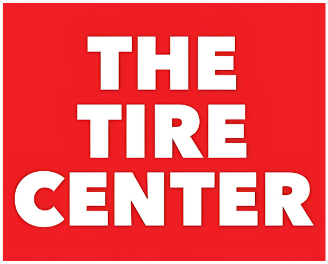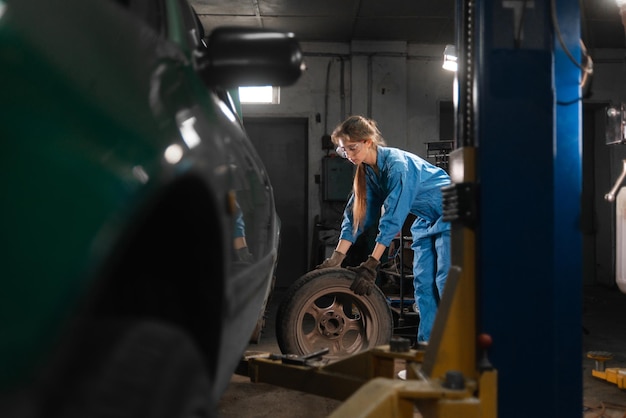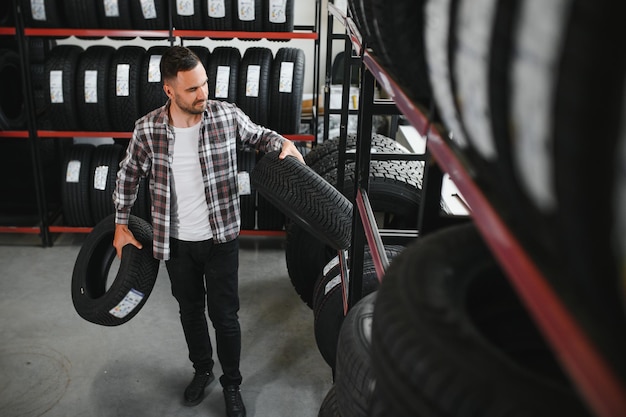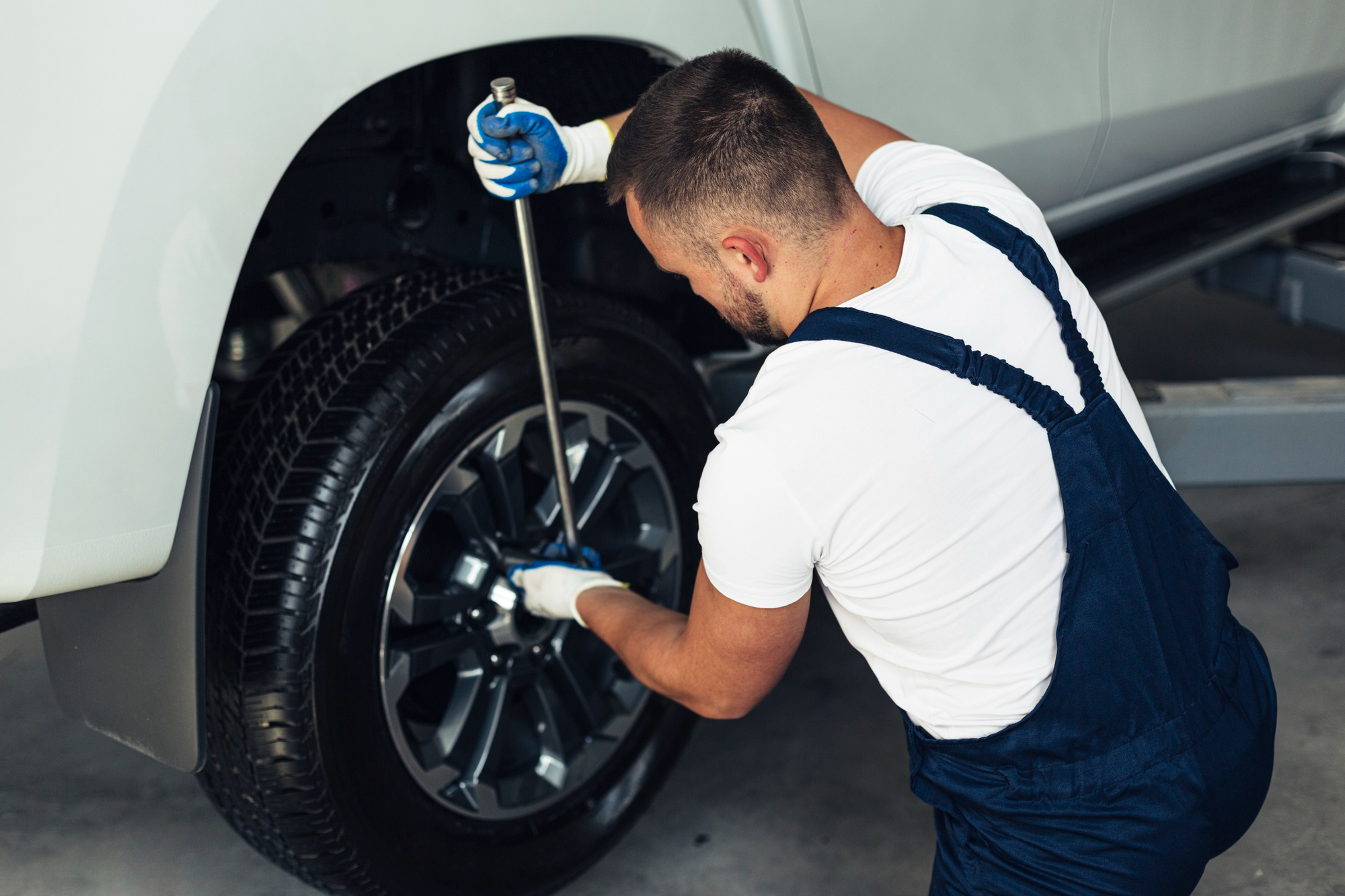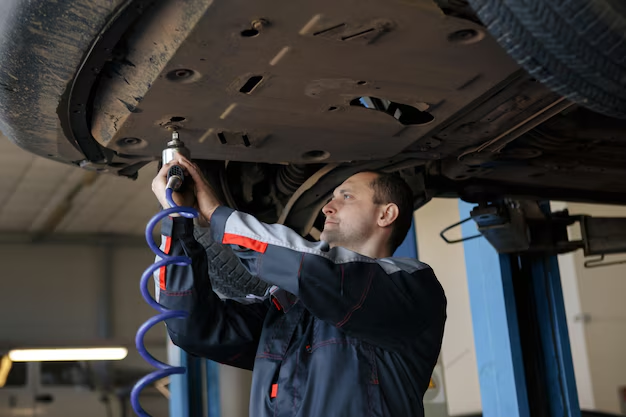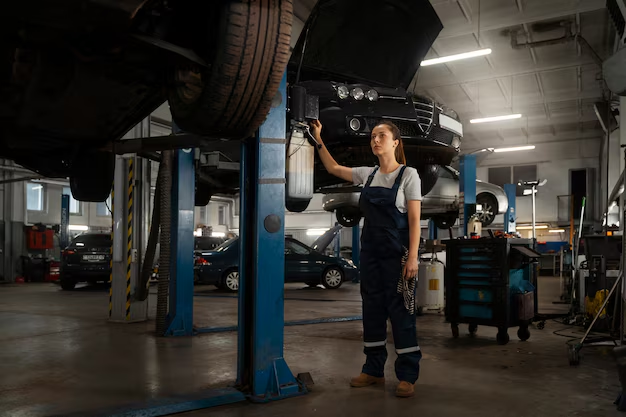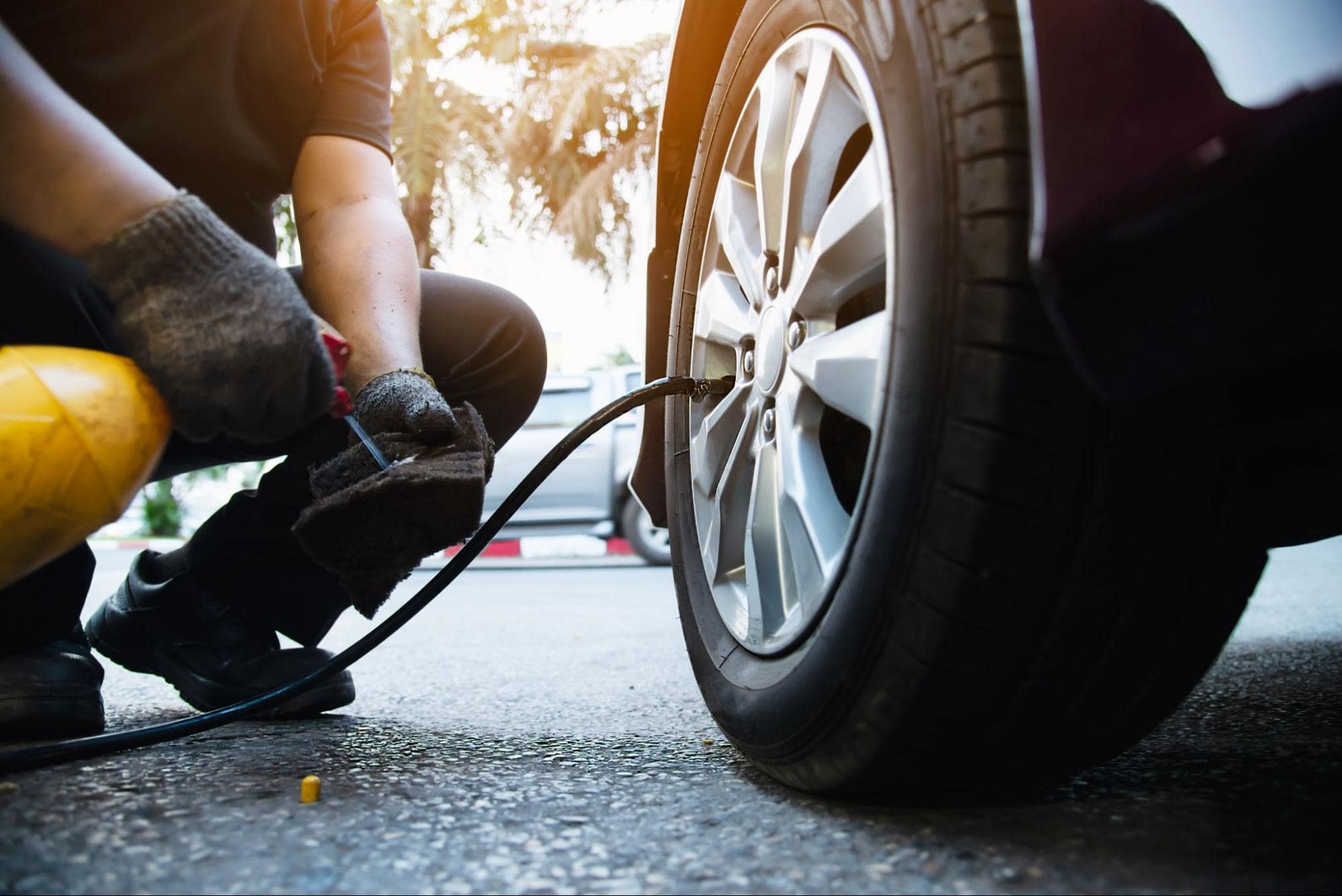Blog
Most drivers know that wheel alignment helps with tire life and fuel efficiency, but what many don’t realize is how much it affects noise and ride comfort. That constant humming, droning, or vibration you feel in your seat or steering wheel might not just be worn tires—it could be a misalignment issue. At The Tire Center in Santa Ana, we often see customers frustrated by loud, uncomfortable rides, only to find the solution lies in something as simple as a proper alignment. Let’s explore how alignment plays a key role in reducing tire noise and keeping your ride as smooth as possible. What Exactly Is Wheel Alignment? Wheel alignment is the adjustment of your car’s suspension system, which connects the wheels to the vehicle. Alignment doesn’t adjust the wheels or tires themselves but rather the angles at which they meet the road. When the angles are correct, your car tracks
Most drivers don’t pay much attention to their tires beyond the occasional glance before hitting the road. But your tires are the only part of your vehicle that makes direct contact with the pavement, and when they start wearing unevenly, it’s more than just a nuisance. Uneven tire wear can reduce traction, shorten tire life, and even compromise your safety. The good news is that spotting the signs early and taking action can save you from costly repairs down the line. If you’ve ever noticed one part of your tire looking bald while the rest still has tread left, you’re not alone. This is one of the clearest signs of uneven tire wear. But why does it happen, and how do you fix tire wear before it becomes a major problem? Let’s break it down. What Is Uneven Tire Wear? Uneven tire wear occurs when one area of the tire
When it comes to car care, most drivers tend to focus on oil changes, brake checks, or engine tune-ups. While these are all essential, one area that often gets overlooked is tire maintenance. Your tires are the only part of your vehicle that actually make contact with the road, and neglecting them can lead to unsafe driving conditions, reduced fuel efficiency, and—worst of all—costly repairs down the line. With a little time and attention, you can extend the life of your tires and prevent larger issues from developing. Here’s how regular tire maintenance can keep your car running smoothly and save you money. Why tire maintenance matters Your tires are constantly under stress. Every bump, turn, and pothole affects them. Over time, even minor neglect can cause major problems. Bald tires, uneven wear, or improper inflation don’t just hurt your car’s performance—they increase your risk of accidents and expensive repairs.
If you’ve ever felt your car pulling slightly to one side or noticed uneven tire wear, chances are you’ve wondered whether you need a wheel alignment. But when it’s time to get one done, many drivers aren’t exactly sure what the service includes. A wheel alignment service isn’t just about adjusting your tires to look straight—it’s a detailed process that ensures your vehicle handles properly, your tires last longer, and you drive safely and efficiently. Below, we’ll break down what actually happens during a wheel alignment, why it’s so important, and how it benefits your vehicle from top to bottom. What exactly is a wheel alignment? A wheel alignment is a precision adjustment to your vehicle’s suspension system that ensures your tires meet the road at the proper angles. This isn’t about turning the wheels themselves but rather aligning the angles of the suspension components that hold them in place.
For many drivers, tire replacement and wheel alignment are two of those car maintenance tasks that feel mysterious, expensive, and easy to put off. After all, if your tires look round and your car still moves, what’s the big deal—right? Wrong. The reality is that what you don’t see with your tires and alignment can absolutely cost you—both in money and safety. But the internet is overflowing with half-truths, outdated advice, and outright myths that can make any car owner second-guess what’s really necessary. Let’s clear the air. Below, we’ll tackle some of the most common myths about tire replacement and wheel alignment, explain what’s really true, and help you make smart, confident choices that keep you safer on the road—and your wallet a little happier. Myth #1: If My Tires Look Fine, They’re Fine This is probably the most common tire replacement myth out there. Tires wear out gradually—so
How Poor Wheel Alignment Can Affect Your Car’s Fuel Efficiency Most drivers don’t give much thought to wheel alignment—until their car starts to pull to one side, the steering wheel vibrates, or the tires wear out unevenly. But poor wheel alignment doesn’t just affect how your vehicle handles. It can quietly drain your wallet every time you stop at the pump. Fuel efficiency impact is something every driver wants to maximize, especially with fuel prices bouncing around like a yo-yo. If your car’s wheels are out of alignment, your vehicle could be wasting more fuel than you realize—and that adds up over time. So, what exactly is wheel alignment, how does it go out of whack, and why does it have such a big effect on your car’s fuel economy? Let’s break it down in plain English. What is Wheel Alignment, Really? At its core, wheel alignment is about setting
Most drivers know that wheel alignment helps with tire life and fuel efficiency, but what…
Most drivers don’t pay much attention to their tires beyond the occasional glance before hitting…
When it comes to car care, most drivers tend to focus on oil changes, brake…
If you’ve ever felt your car pulling slightly to one side or noticed uneven tire…
For many drivers, tire replacement and wheel alignment are two of those car maintenance tasks…
How Poor Wheel Alignment Can Affect Your Car’s Fuel Efficiency Most drivers don’t give much…
